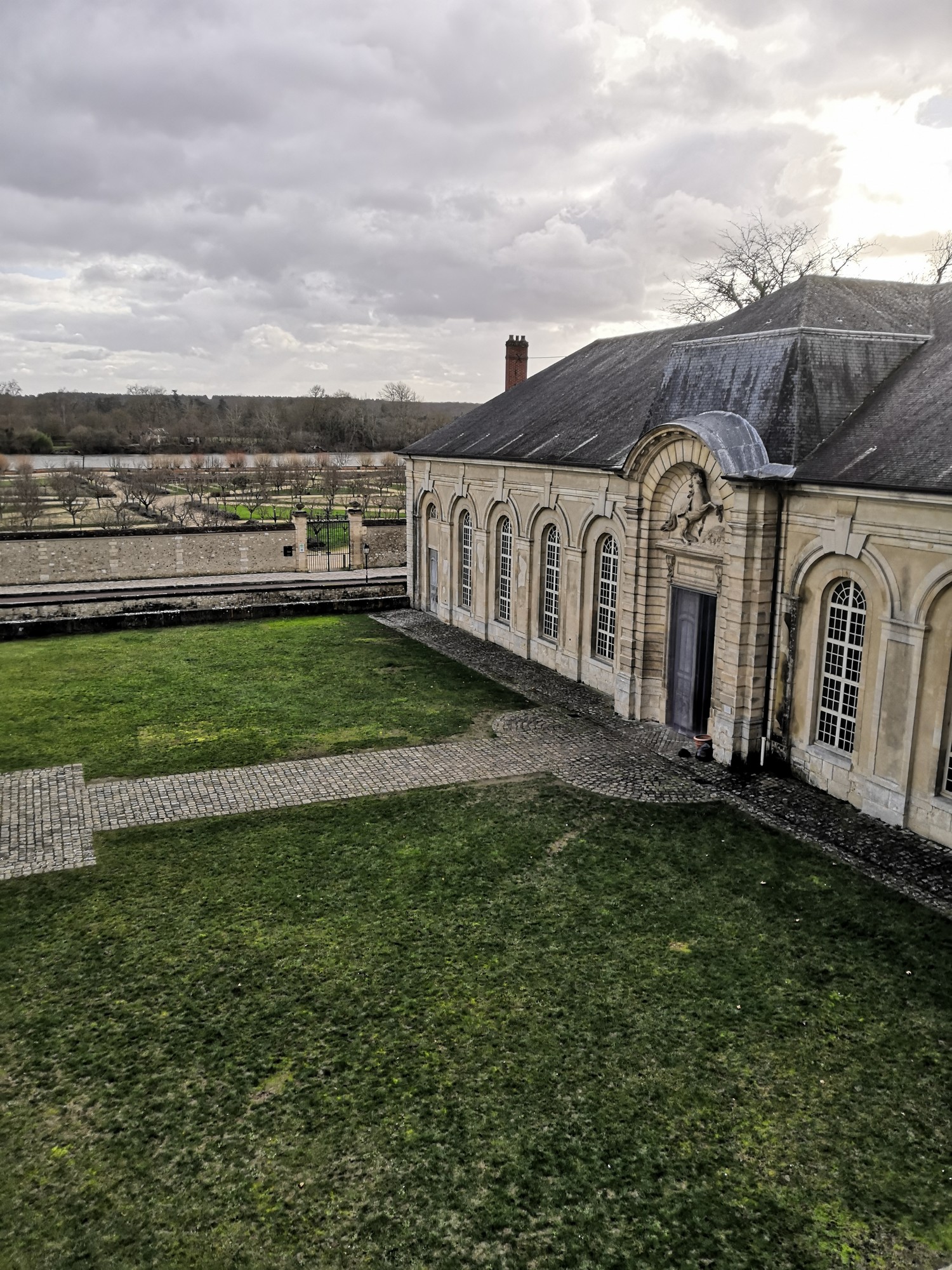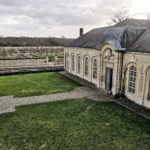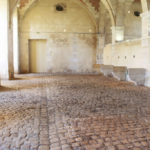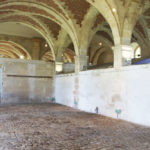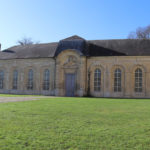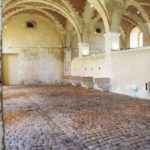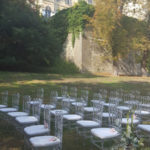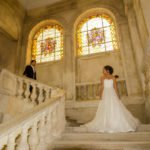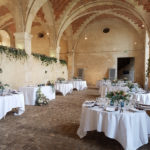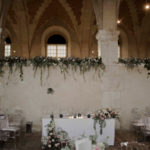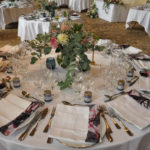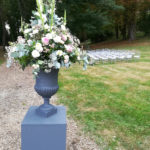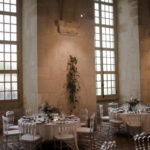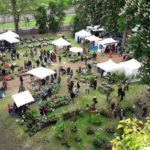THE JEWEL OF THE LOWER COURTYARD
In 1740, Duke Alexandre de La Rochefoucauld set out to beautify the Château’s lower courtyard. He tasked his architect, Louis de Villars, with reorganizing it in order to build new stables there.
The building’s imposing façade features enormous arches and bays. It is uplifted by a large archivolt, reminiscent of the dome in the stables at the Château de Chantilly. The horse rearing up on its hind legs on the tympanum was sculpted by Jamay, who also worked on the decorations on the Château’s grand staircase.
A building inspired by Versailles and Chantilly
The inside of the stables is divided into two spacious rooms on either side of a full-width hall.
The entire structure is capped with a groined vault made of brick and stone, which was partially rebuilt after being bombed during the Second World War.
A prestigious building, these stables were “service buildings” designed to house animals and people – the grooms had rooms on the mezzanines at either end of the building, from which they could keep an eye on the horses. At the tops of the arches, which were used as storage, metal plaques indicated the number that the master of the house would use to request a carriage and horses from the groom.
The duke also had ditches dug where the old surrounding walls once stood. He had a gate installed, featuring the coat of arms of the La Rochefoucaulds topped with the ducal crown, a masterpiece of rococo ironwork.
